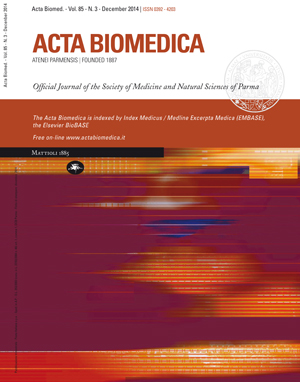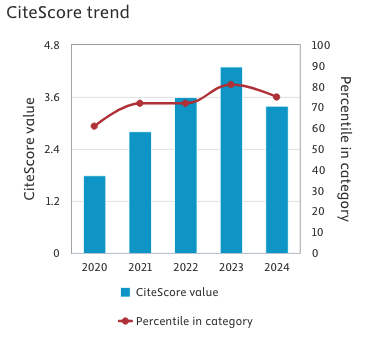Spinal 1% 2-Chloroprocaine versus general anesthesia for ultra-short outpatient procedures: a retrospective analysis
Keywords:
2-Chloroprocaine, general anesthesia, spinal anesthesiaAbstract
Introduction: 2-Chloroprocaine is a local anesthetic with a very short half-life and a favorable evolution of spinal block for ultra-short outpatient procedures. The aim of this retrospective study is to evaluate the clinical impact of the introduction of spinal 1% 2-chloroprocaine compared to general anesthesia at the ARS Medica Clinic (Switzerland). Material and Method: We retrospectively evaluated the charts of all patients who underwent knee arthroscopy under general anesthesia (group GA) or spinal 2-chloroprocaine (group SA) between June 2012, when chloroprocaine was available for the first time, and December 2012. We collected the anesthesia time and the number of patients able to bypass the PACU. Moreover, we looked at hospital discharge time and we performed a pharmaco-economic analysis. Results: 61 charts were evaluated, 5 patients were excluded for insufficient data. The anesthesia time was comparable between the two groups. All patients in group SA were able to bypass the PACU versus only 18% in group GA. We observed a clinically significant reduction in terms of discharge time (203 vs 326 minutes) and cost of materials and employers involved patients’ care (53 vs 78 swiss franks) when spinal 1% 2-chloroprocaine was used. Conclusion: The right selection of the local anesthetic makes spinal anesthesia a suitable anesthetic technique for ultra-short outpatient procedures. If short acting local anesthetics are involved, spinal anesthesia could be competitive versus general anesthesia.Downloads
Published
Issue
Section
License
This is an Open Access article distributed under the terms of the Creative Commons Attribution License (https://creativecommons.org/licenses/by-nc/4.0) which permits unrestricted use, distribution, and reproduction in any medium, provided the original work is properly cited.
Transfer of Copyright and Permission to Reproduce Parts of Published Papers.
Authors retain the copyright for their published work. No formal permission will be required to reproduce parts (tables or illustrations) of published papers, provided the source is quoted appropriately and reproduction has no commercial intent. Reproductions with commercial intent will require written permission and payment of royalties.



